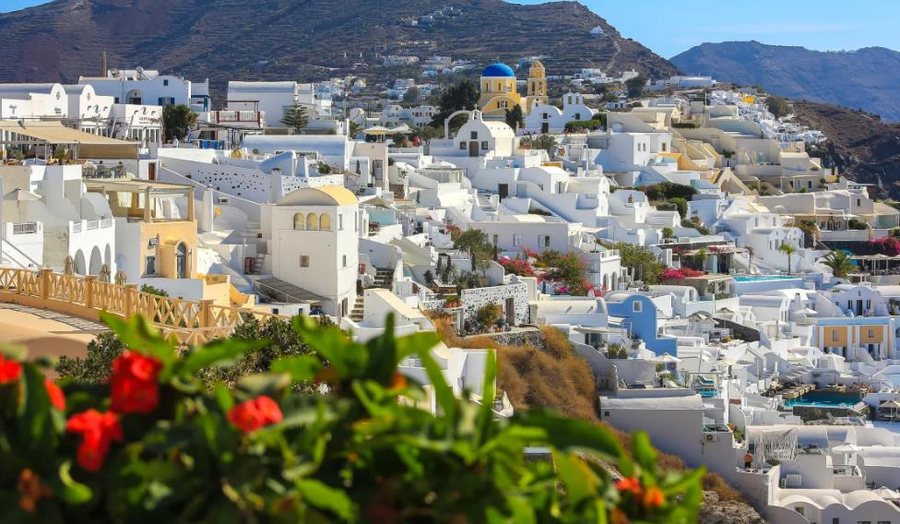
Schools will close on Monday on the iconic Greek island of Santorini after a series of 200 earthquakes rocked the popular tourist destination in recent days.
According to foreign media, authorities have also advised residents to avoid large indoor gatherings and to stay away from seaports.
Schools will also be closed on the nearby Aegean islands of Anafi, Ios and Amorgos, authorities said on Sunday, writes A2 CNN.
Between Friday and Sunday, more than 200 earthquakes were recorded between Santorini and Amorgos, including a 4.6 magnitude earthquake, the strongest so far, according to authorities.
Santorini is no stranger to earthquakes, but the risk of tremors doesn't stop 3.4 million people from visiting the island each year, far more than Santorini's 20,000 residents.
The holiday destination, famous for its crescent-shaped caldera, which was created by one of the largest known volcanic eruptions around 3,600 years ago, has been dubbed Greece's "Instagram island" due to its 'photogenic golden light' and landscape.
An emergency committee met on Sunday to assess the risks posed by the recent tremors, while another meeting is scheduled for Monday.
Santorini is part of the Hellenic Volcanic Arc, one of the most active volcanic fields in Europe, which has seen more than 100 eruptions over the past 400,000 years.
Authorities said the current seismic activity is due to tectonic movements that do not appear to be related to volcanic activity. Similarly, increased seismic activity in 2011 and 2012 did not result in any eruptions, they noted.
The last major earthquake in Santorini struck on July 9, 1956. The 7.5 magnitude earthquake was followed by a 25-meter-high tsunami.
At least 53 people were killed and more than 100 were injured, while at least a third of the houses collapsed at the time, writes A2 CNN. (A2 Televizion)











